· tematicalibre · 14 min read
What Are Self-Organizing Systems?
Understand what they consist of, their components, and how they function. Discover the magic of self-organizing systems!
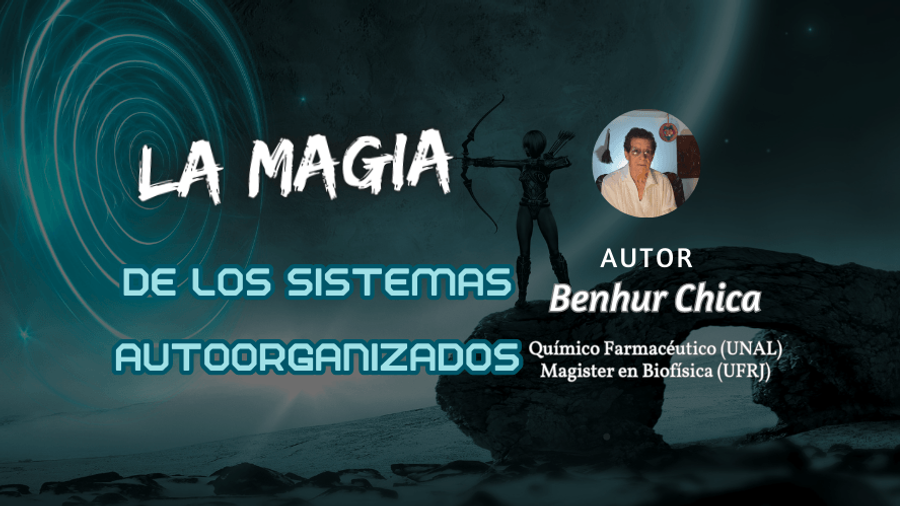
Order Emerges from Chaos
Introduction
The magic of self-organization constantly surprises us with unexpected phenomena. Magic does so through hidden methods, while self-organization does so through synchronicity that gives rise to a new system with its own order, structure, and function. These phenomena are referred to by Haken (p. 13) as Self-Organizing Systems (SOA), which he defines as “The action of the whole.” Ilya Prigogine, a Nobel Prize-winning chemist, suggests that self-organization is a specific case of complexity. “Conventional systems such as a fluid layer or a mixture of chemical reactants can, under certain conditions, lead to self-organized phenomena on a macroscopic scale in the form of spatial structures or temporal rhythms.” Numerous scientists such as Hernan Haken, Heinz von Foerster, Peter Corning, Steven Strogatz, Edgar Morin, and a multitude of scientists from various fields (mathematicians, physicists, biologists, etc.) have contributed to the study of self-organization. In 1970, Jacques Monod wrote the book “Chance and Necessity,” in which he argues that chance, necessity, and teleonomy constitute the foundations that govern nature (life, natural selection, evolution). This essay aims to establish the mechanism of the foundations described by Monod.
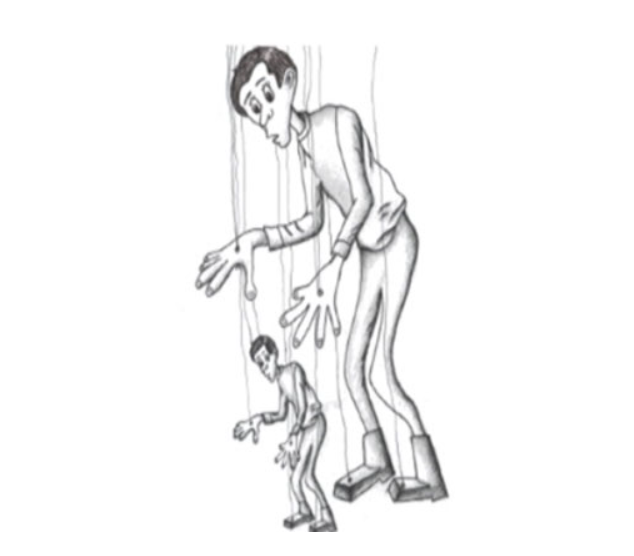
This governing hand constitutes the essence of self-organizing systems (SOA). These elements impose their condition (enslave) all the elements of the system. Only magic of this nature can industrialize a country in a maximum of 10 years.
Mechanisms of Action
To elucidate the mechanism of action of SOA (Self-Organizing Systems), the following experiment was conducted: a group of students (30 on average) were asked to write their own name and the title of a song they knew well and wanted to sing on a piece of paper. These papers were then collected, and on the count of four, the entire group began to sing their respective songs. Initially, there was a loud cacophony, which in less than two minutes transformed into an ultra- perfect chorus; order emerged from chaos.
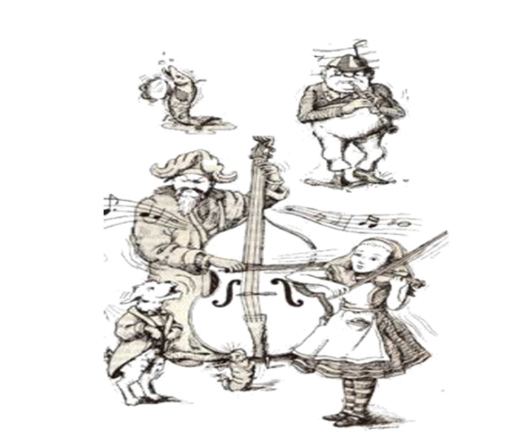
The results were analyzed with the collaboration of the course’s respective professor, who concluded, in many cases, that the winning song was one the group had previously prepared for a public performance; in other cases, it was a lullaby or a popular song. This song was generally in the conscious and unconscious minds of each participant; when someone in the group (singing a different song) heard one of its notes, they forgot their own song and began to sing that one. This song now resonated more intensely and more earnestly won over a third person; this phenomenon repeated until the entire group homogenized around a single song: the winning song. This experiment was repeated (with different groups) 57 times. The described mechanism corresponds to positive feedback: the response becomes the stimulus. This property is rooted in the Ordering Apparatus, a fundamental element in the theory of Self-organizing Systems, which also has the following properties: it is present in all elements that make up the system, and at the precise moment positive feedback arises, a teleonomy (purpose of reaching a goal) emerges and manifests as a need that is only satisfied by its respective positive feedback. When all members of the population are influenced by this feedback, a new species appears with its own structure, order, and function. In sum, the ordering apparatus imposes its condition on the system. All the aforementioned can be represented by the following schema:
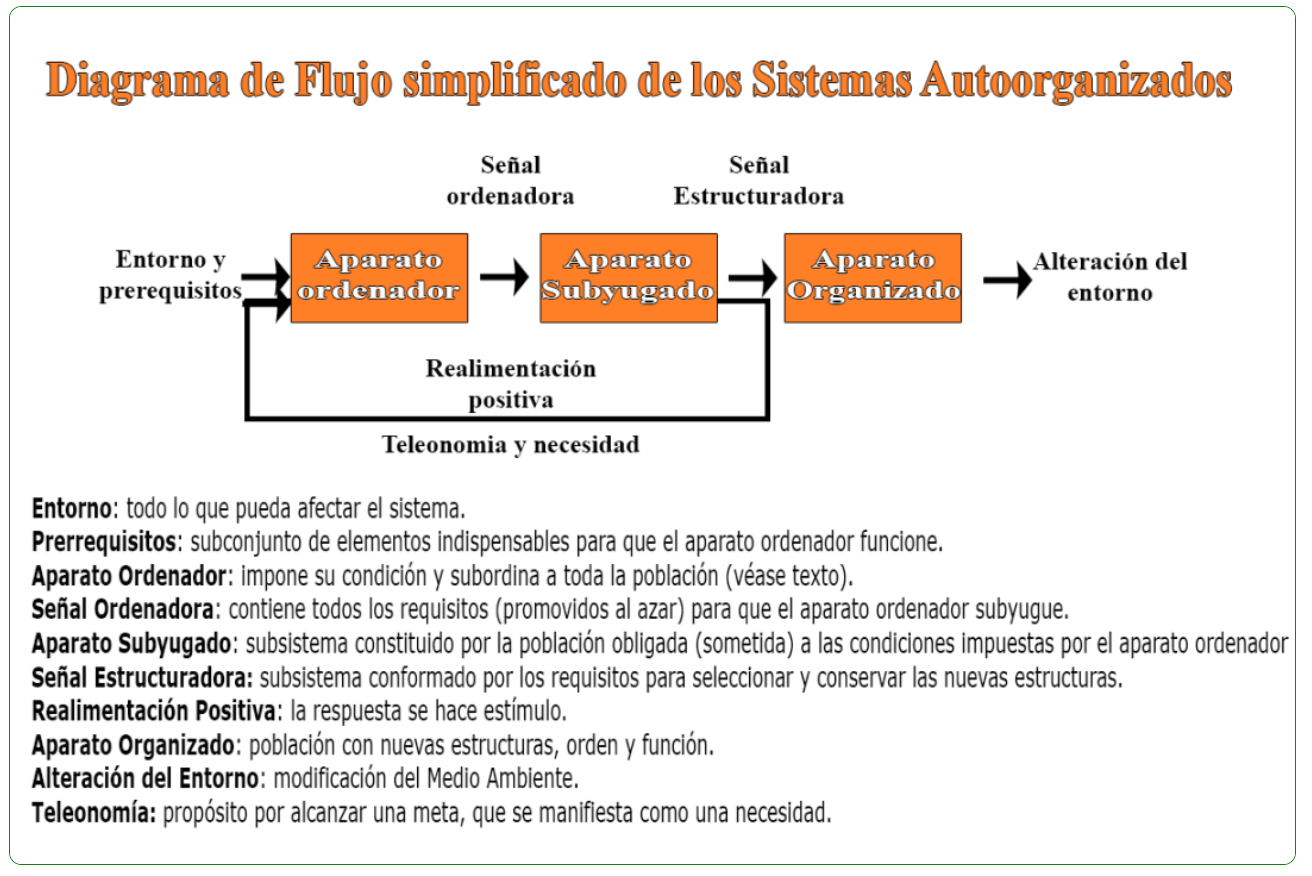
Seven years after the described experiment, the same experiment was conducted with a heterogeneous group of 120 students from 20 departments (Colombia). Four events were held, each composed of 30 students. The final result was as follows: pairs of students formed, playfully pretending to fight, some assuming boxing stances; others pretended to draw machetes to fight, and the rest pushed each other playfully, but ‘the synchrony of collective singing’ never appeared. In conclusion, the experiment turned out to be an agreement to disagree.
The abundance of SOS (Self-Organizing Systems) in nature suggests that they are not the exception but the rule. The following examples, in which the ordering apparatus is highlighted (to facilitate understanding), support the previous assertion:
Teleonomy: the “olé” (in bullfighting). Rizzolatti’s Mirror Neurons (need for imitation).
The soccer goal shout (of our national soccer team). Ibid.
Laughter. Ibid.
Yawning. Ibid.
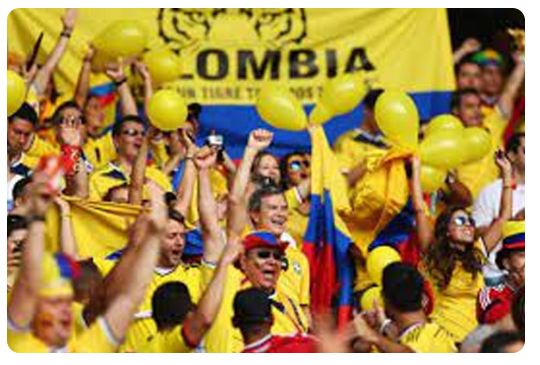
Applause with wich we honour our artists in the theater (seated or standing). Ibid.
Self-fulfilling prophecies (premonitions, omens, curses, superstitions, etc.), where belief in the prophecy itself becomes a teleonomy.
The water chorus: water at a temperature near zero degrees Celsius (0.2 degrees, for example), some molecules slide over others very slowly, and collisions are rare. At zero degrees Celsius, molecules come to rest, and electromagnetic forces take effect, molecules attract each other – forming a network – (teleonomy), then a miracle similar to transubstantiation occurs: the trillions or quintillions of molecules that make up the system agree to transform into solid matter in fractions of a second (Strogatz p. 138).
The teleonomy of macromolecules in molecular biology: DNA and RNA, during their respective processes, create an electrochemical gradient that informs the system of the nature of the molecule and the path to follow to achieve a specific objective. The same electromagnetic forces inform atoms and molecules how and where to locate to form a particular crystal (teleonomy).
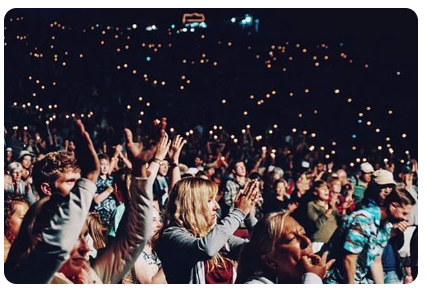
Thermocatalytic teleonomy: products of autocatalytic reactions serve as stimuli to increase the reaction. For example, detonators (silver fulminate, gunpowder, etc.), when they explode, the heat released in one of their molecules activates the reaction of neighboring molecules (teleonomy). In sum, the effect becomes the cause, or in other words, the response becomes the stimulus.
Monochromatic light synchrony: when a photon is absorbed by an atom, it gets excited, and the photon is temporarily retained. If another photon strikes the same atom, the retained photon is released, electromagnetic waves (photons) synchronize and form a coherent light beam. This phenomenon can repeat multiple times (teleonomy), in a resonant cavity (reflective mirrors) to form a coherent monochromatic light beam (Haken pp 13-27) called a laser beam.
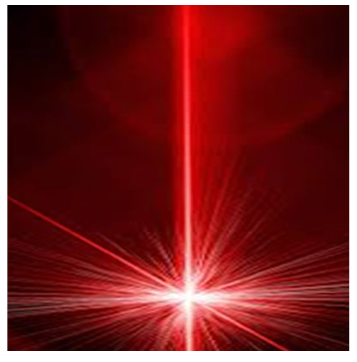
Phospholipid teleonomy: in the formation of biological membranes or liposomes, their self-organization is determined by the ambivalent nature of phospholipid molecules: hydrophobic and lipophobic, which interact with each other and with their environment (oil-water) and thus inform each other on how and where to locate (teleonomy) to form a membrane (bilayer).
The need to survive: in Darwin’s natural selection (Corning P., p 1-7), the fittest survives, and this is the one that best synchronizes with its environment (see items 7 to 12).
The firefly symphony: fireflies of the genus Luciola Sonerata, during the night synchronize their lights (they emit flashes) that illuminate the entire region and guide their lost fellows, contributing to the preservation – need – of the species (Corning P., p 11-39).
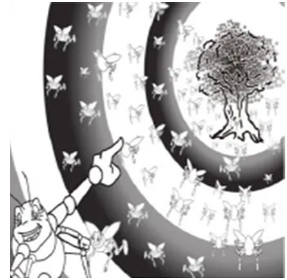
Team resonance: teamwork (Colombian national soccer team, hyenas or wolves cooperating to hunt their prey) is more efficient when members synchronize to apply relevant strategies and tactics than when all members act independently (Need to survive).
The teleonomy of nerves: nerves grown in culture each have their own action potential, but when they come together (randomly), a unique potential is generated (teleonomy) that the whole group recognizes as its own rhythm (von Foerster).
Nervous system synchronicity: the influence of one nerve over others causes the entire system to synchronize (ibid. item 15), generating brain rhythms A, B, C. recorded in an encephalogram. Electromagnetic impulse (Strogatz S. p 40-69).
Electromagnetic field teleonomy: two hydroelectric plants located a thousand kilometers apart must fuse at a given moment to supply energy to a city. Each plant emits an alternating current with a specific phase. When they connect to supply electricity to a city, the phases disturb, enter chaos, and within fractions of a second synchronize to emit a single phase. Generated electromagnetic field (Corning P., p.p. 2-4).

Public opinion teleonomy: Haken (p 158) defines this opinion as: “Doing something simply because the other person does it” (see items 1 – 5).
Culture as a necessity: culture (formed by elements like games, language, religion, customs, etc.) ensures the sustainability and self-production of society through practices transmitted (taught or learned) by each member of society (Morin E.). Need to survive. From wich it is enferred that culture is a concatenation of Self-Organizing Systems (Ibid. 1).
Neuron teleonomy: neurophysiological records of prefrontal cells called mirror neurons are similar when the subject performs an action or simply observes it (Rizzolatti G. et al). From the above premises, it is concluded that imitation is inherent in human nature (see items 1,2,3,4,5,18,19).
The teleonomy of pendulums: the inventor of the pendulum clock, the physicist Huyghens, placed a series of his clocks on the wall in his vacation home and set them running. After a short time, he observed that the entire set of clocks had synchronized: the pendulums were swinging in unison. He manually stopped the swing of the pendulums, and a rocking chair in the room began to sway as if possessed by a ghost (teleonomy). Percussion transmitted through the air and the wall (see Strogatz S., pp. 103-126).
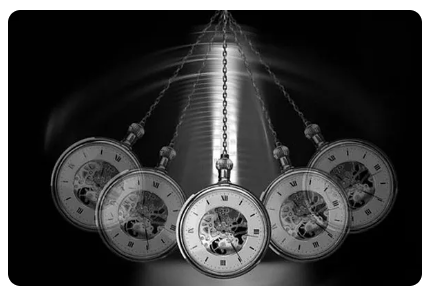
Teleonomy of fate and predestination: an English proverb says, “For want of a nail the shoe was lost, for want of a shoe the horse was lost, for want of a horse the rider was lost, for want of a rider the battle was lost, for want of a battle the kingdom was lost” (Synchronicity obtained by chance among many different elements).
Drug trafficking constitutes a Self-Organized System (it creates its own order, structure, etc.). Here, the ordering apparatus is positive feedback between profit and addiction. Consequently, it is enough to destroy one of these links for this business to disappear. (See precept 5 of the Peace Decalogue on this website).
A final example is the Modernization of a Country through the Tourism Industry, where the ordering apparatus is the feedback between National Identity and Tourism. See the Familiarity of the Colombian People as a Basis for National Identity; and the Synchrony of Bullfighting with the Identity of the Spanish People, in the Scientific and Technological Revolution… on this website.
The previous argument allows us to define self-organized systems as: Sets of elements where a process affected by positive feedback takes place; and when the entire population is saturated, a new species with characteristic structure, order, and function emerges. According to Einstein’s Theory of Relativity, energy creates matter, matter creates space, and space creates time; this process began with the explosion of the Big Bang and thus the creation of the universe. The high temperature and pressure of this expanding system facilitated the formation of fundamental particles (89 discovered so far).
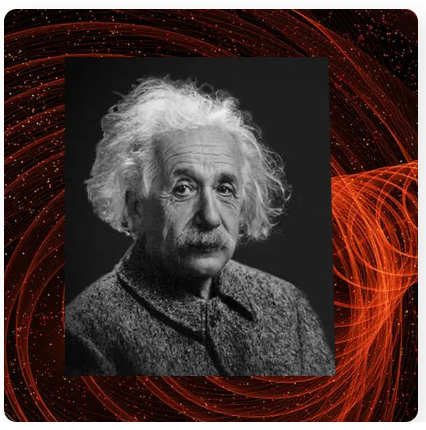
These particles interact to form atoms. Their mutual influence and synchronicity leads to the formation of molecules and particles, which (through gravitation) form asteroids, luminaries, planets, and stars. These then self-organize to form planetary systems and galaxies.
I MAINTAIN THAT:
The plans for the creation of the universe are based on the theory of self-organized systems (SOS), where energy (electrical, magnetic, gravitational, etc.) constitutes the ordering apparatus. “By their fruits, you will know them,” said Jesus of Nazareth. Thus, we can know God by His work—the creation of the universe. For theologians, God is the Supreme Being, creator of all SOS, who set and continues setting the necessary and sufficient conditions for these to take place; for physicists, led by Einstein, God is a creative principle; and for pantheists, God is a Supreme Being who became a creative principle. And for you, dear reader: who is God?
CONCLUSIONS
All the phenomena described in this essay originate from an accident (chance), which selects or erects the Ordering Apparatus, which in turn creates a purpose to achieve (teleonomy or need) and a tactic or method to achieve that objective: positive feedback, which at least partially justifies Monod’s proposal.
It is relatively easy to create self-organized systems; it is enough to provide the necessary and sufficient conditions for the Ordering Apparatus (of which we want to make a SOS) and it emerges spontaneously. For example, to make a bonfire, just ignite some point in a pile of dry wood chips, and the bonfire will appear (see item 9 and also items 1, 2, 3, 4, 5). The proposals described on this page are essentially examples of SOS.
Bibliographic Notes:
Corning P.: Nature’s Magic, Ed. Cambridge U.P., 2003. – Chica B., L. G. Chica: Estructura de los Autoorganizadores como Modelo Universal de Sinergia, Rev. Prospectiva (Fac. C. Humanas, U. V.), pp 123-136; 2006. – Haken H.: Fórmulas de Éxito en la Naturaleza, Barcelona, Salvat, pp 37-43; 1981. – Prigogine I. – G. Nicolis: Estructura de lo Complejo, Ed. Alianza, 1997, Madrid, (p. 22)
** – Monod L. J.: Azar y Necesidad, 1970, Ed. Barral, Barcelona, 1997. – Morin E.: El Paradigma Perdido,Ed. Kairós, 1974, (pp. 181-193) – Rizzolatti G., L. Fogassi, V. Gallese: Neuronas Espejo, en Rev. Investigación y Ciencia, N°- 364, pp 14-29; 2007. – S. Strogatz: SYNC, de Ed. Hyperion Books, pp 103-115, N. Y., 2003. – von Foerster Heinz: Sistémica Elemental, Ed. Universidad EAFIT, 1998, p. 12.**
